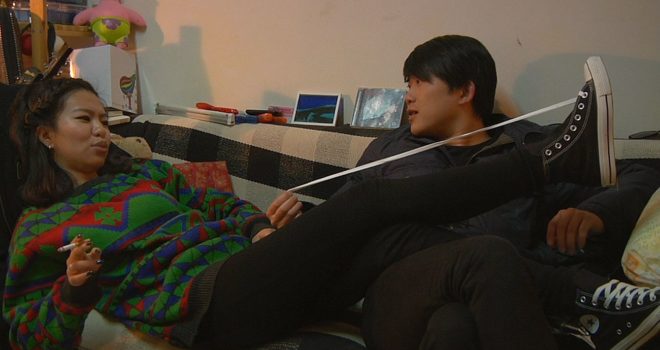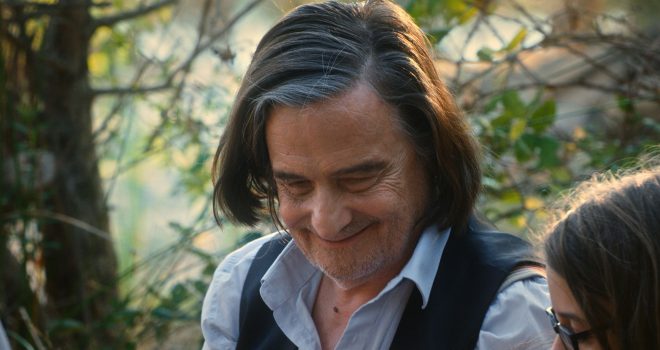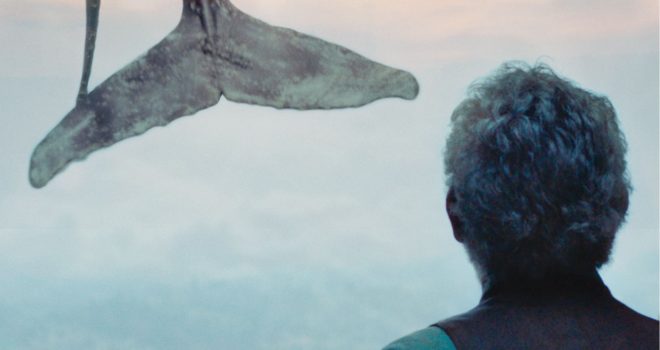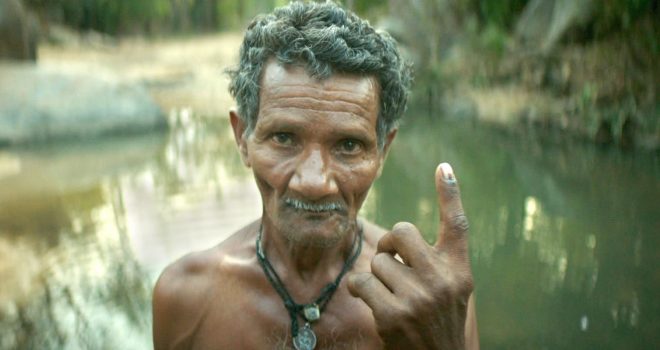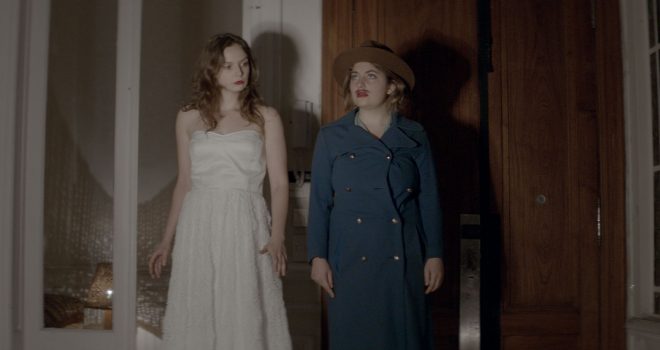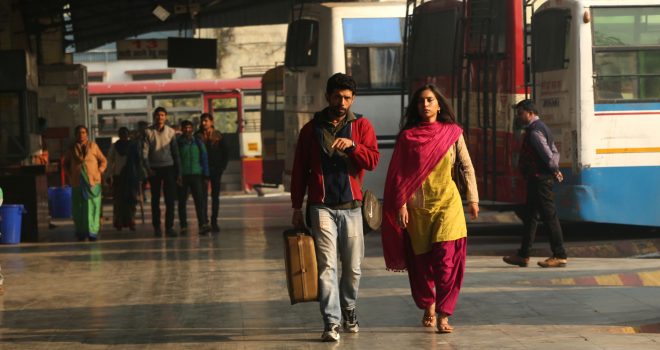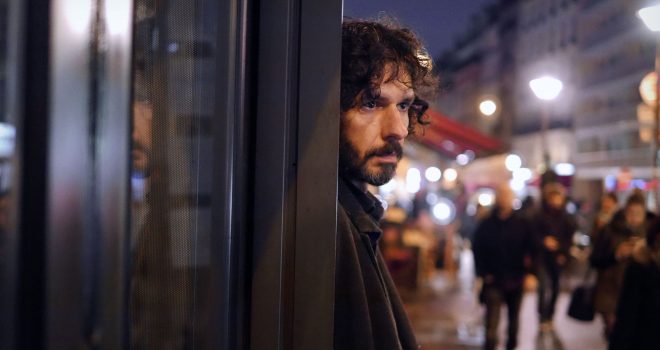Each year has its intonations, its colours, its tipping points and its revelations. So, we are naturally tempted to view this 39th 3 Continents’ International Competition using the yardstick of previous editions, but also to compare our choices this year with the ever-growing number of films seen around and about. Our gaze ventures into the realm of comparison, mobilises memories, seeks links between the films, discerns trends that are waxing while others are on the wane.
The variety of aesthetics offered by this 2017 selection seems to point up a discreet reticence to some of the most prominent directions taken by contemporary cinema. The deduction will be that these have been left aside for the sake of contrast. Under the pretext of confronting reality, many films at best only manage to collide with it, helpless when faced with the challenge of the cinematic art to transcend it and condemning their characters to be nothing more than passengers living on the borrowed time of a world prey to all kinds of confusion. A large part of present-day cinema thus stems from a glaring effect of magnification that becomes… its sole perspective. We prefer a film with the ability to endlessly vary scales, to open up to the off-screen world, to surprise us in the enjoyment of its fable, to entertain self-doubt in order to better muster its energies. Conversely, a certain trend towards withdrawal, or even the “auteurist” declamation or the pomposity of pure form, has become established as the symptomatic response to the impenetrability of reality, which nonetheless is filmed by all cameras. A first line of defence thus seemed to take shape, where the word “mise-en-scène”, deemed obsolete, was replaced by the word “dispositif”– a concept that engaged in self-promotion on screens large and small. In most cases, the velocity of the digital “revolution” perhaps went no further than its present and stories were made much less central to the story-making machine.
From this perspective, the eight films in this 2017 competition doubtless first beckoned to us, as each expresses in its own way the desire to go beyond an initial situation, to avoid taking refuge in uneasiness by giving its characters a chance to write their own side of the fiction. Without submitting to the injunction for an all-powerful scenario or that of a mise-en-scène buttressed by its authority, the films seemed propelled by the intention to give the story a chance, to restore life to its radiance and shield it from anonymity or erasure. To ensure its survival, the hypothetical and ultimate use of magic can be called on, as in the case of Oblivion Verses. But, often, all that is needed to give consistency to what is possible is a simple impetus: giving oneself a first name as Newton decides to do, being as one with love against everything in The Brawler, leading the incarnated metaphor of cinema (Jean-Pierre Léaud) towards a return to the infancy of the art in The Lion Sleeps Tonight, roaming around to better cross to the other side of appearances in Toublanc, replacing subservience with the awareness of becoming a woman in Angels Wear White, wanting to celebrate one’s birthday early to be sure of not missing it in Adiós entusiasmo or, like Dong Taming the Horse, carving out one’s route without letting the loop close – even the loop of the film. A selection of eight films in the form of filmic gestures that reveal eight ways of trying to make films today within the broad span encompassed by cinema. We wager that in filmmaking, there is still as much to be invented as reconquered. Often at risk of becoming dissolved in something bigger than itself, cinema remains – amidst the vast ongoing reconfiguration of moving images – our irreplaceable Antigone.
Jérôme Baron, Artistic Director
Aisha Rahim and Claire Allouche, programmers




